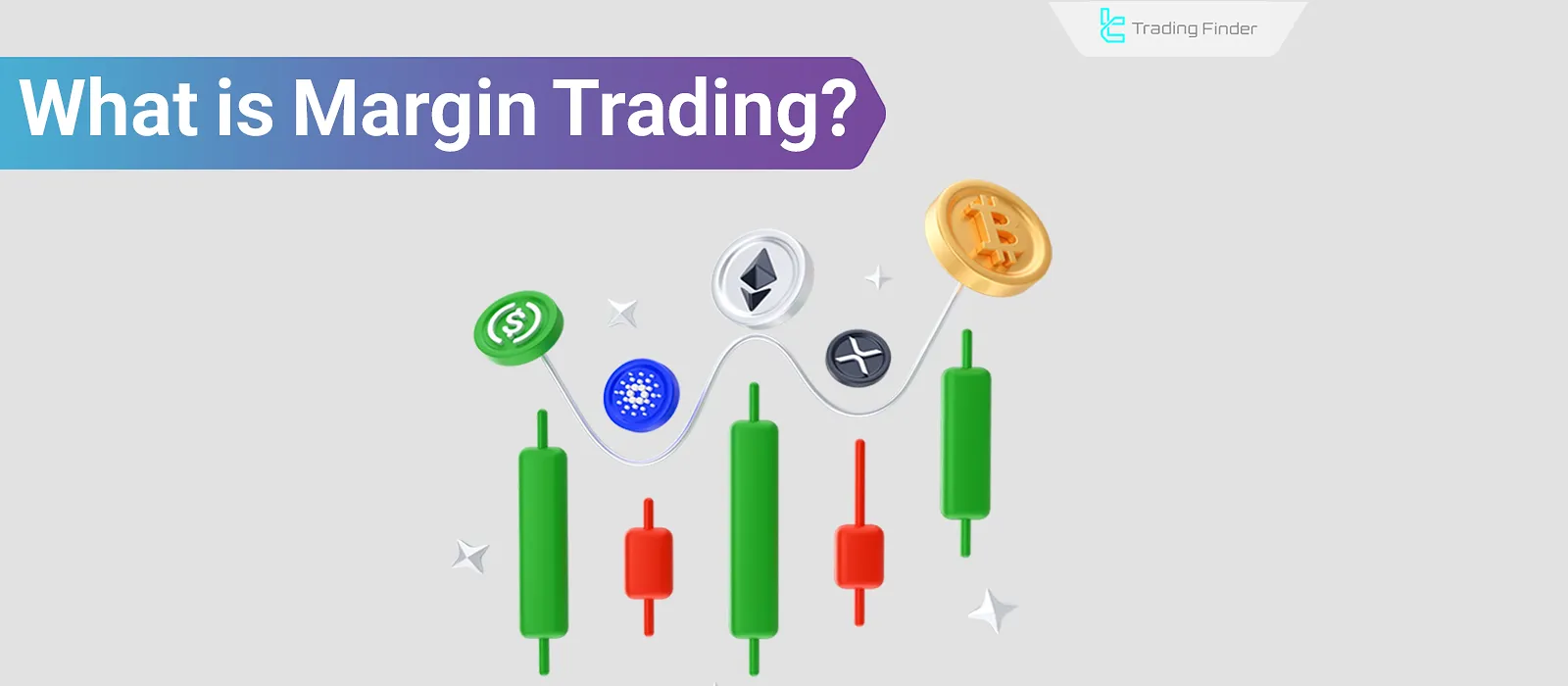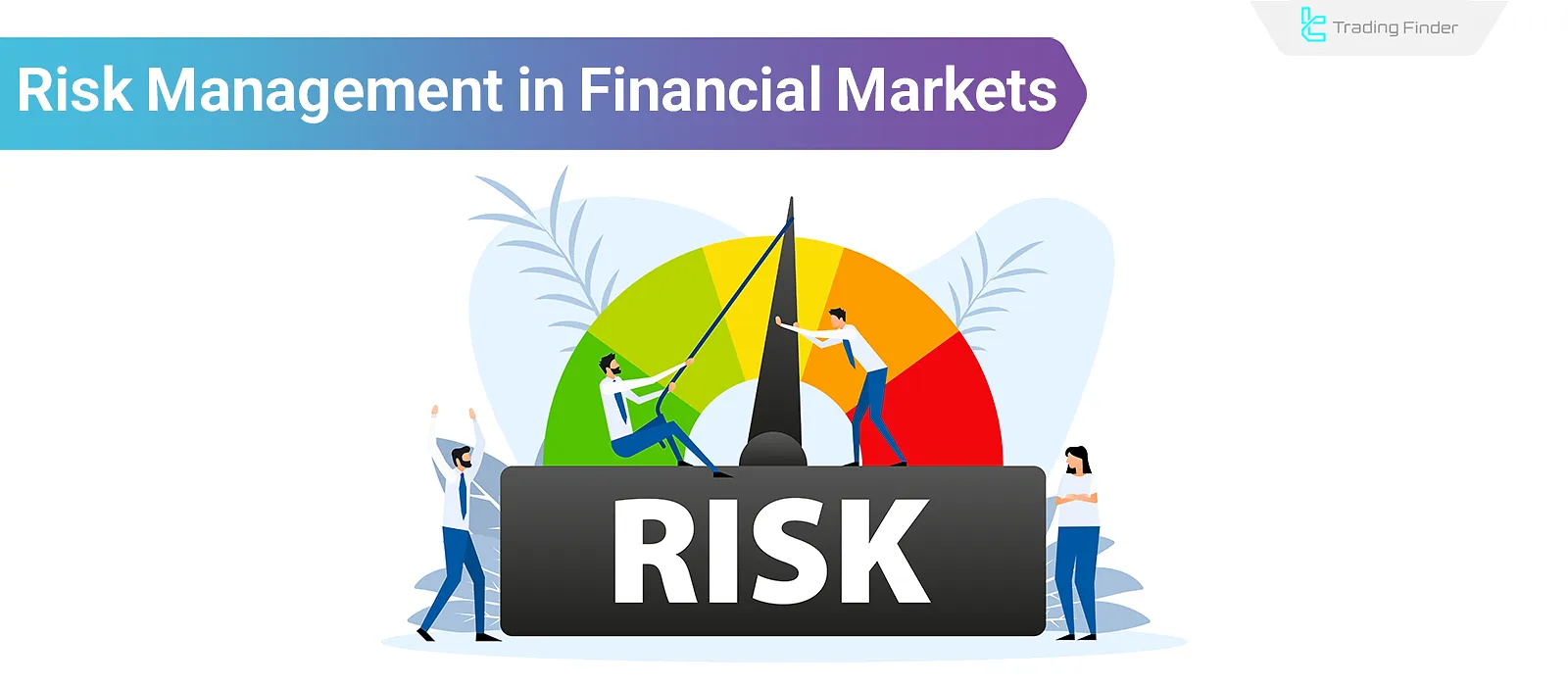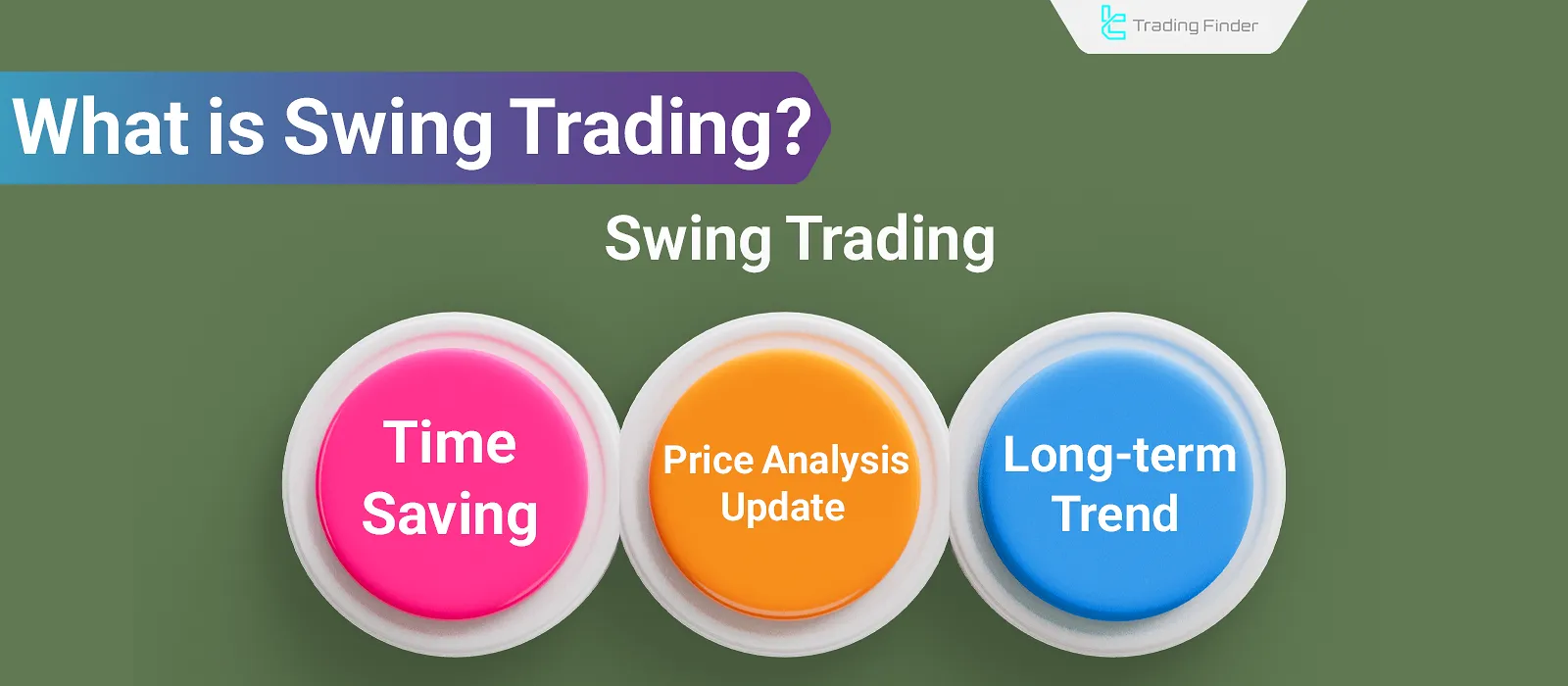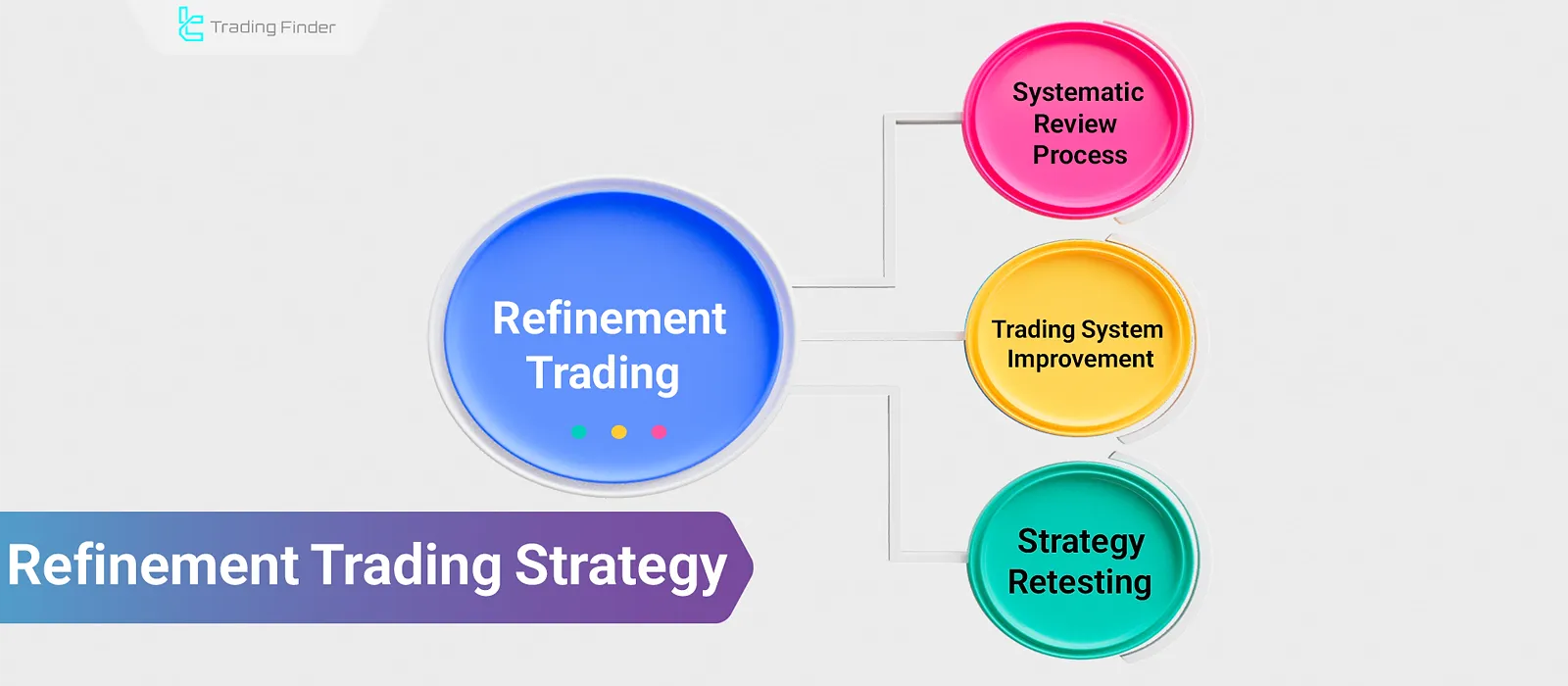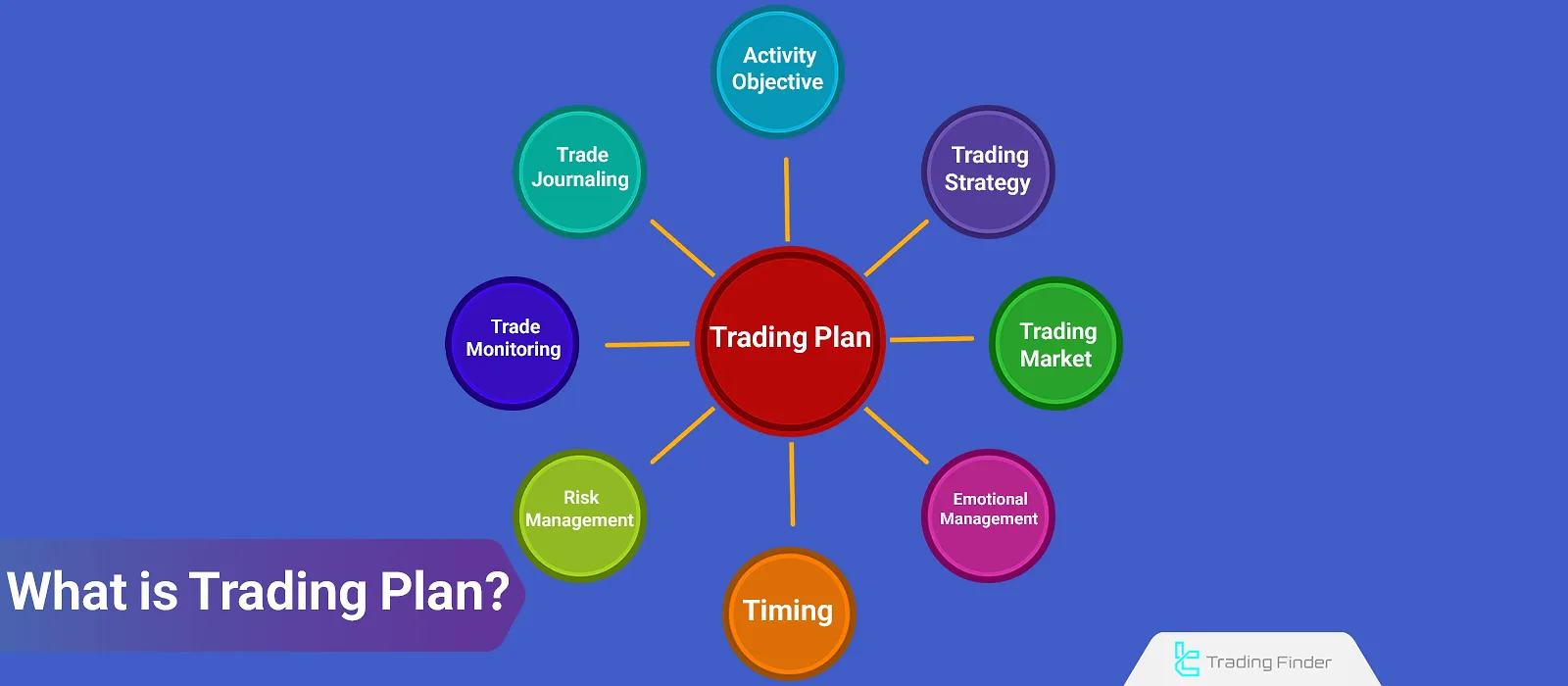- TradingFinder
- Education
- Forex Education
- Trading Education
Trading Education
Trading refers to the buying and selling of financial assets with the aim of making a profit from price fluctuations. This activity is based on three main pillars: market analysis, risk management, and selecting a trading style suited to market conditions and individual goals. Market analysis in TradingFinder is divided into two categories: technical analysis and fundamental analysis. In technical analysis, the focus is on price behavior, and the trader identifies trend structures, support and resistance zones, and uses charts, price patterns, indicators, and tools such as price action. In fundamental analysis, TradingFinder utilizes economic data such as interest rates, inflation reports, central bank monetary policies, and corporate financials to analyze the intrinsic value of an asset. Trading styles include scalping, day trading, swing trading, and position trading. The trading style is selected by considering the timeframe used, risk tolerance, available time for trading and type of target market.
Win Rate: Analyzing the Relationship Between Win Rate and Risk-to-Reward Ratio
Win Rate in Trading represents the percentage of successful trades out of the total number of trades. By analyzing and...
Combining Fibonacci and Candlestick – Best Candlestick Patterns for Fibonacci
The Fibonacci tool offers high compatibility with other technical analysis concepts such as support and resistance, classic...
What Is the Martingale Strategy and How Does It Work? (Full Guide + Types)
The Martingale strategy, originally designed in the 18th century for gambling purposes, is now widely used as a capital management...
What is Margin Trading? A Guide to Margin Trading
Margin Trading is a form of leveraged trading that allows traders to operate with capital exceeding their available balance. In...
ICT 30 Pips a Day Strategy – Combining OTE & DOL to Identify Entry & Exit Points
The ICT 30 Pips a Day Strategy incorporates various concepts from the ICT Style such as Draw On Liquidity (DOL), Optimal Trade...
What is News Trading? The Most Influential News in the Forex and Crypto Markets
Economic and political news plays a key role in market direction and sentiment. Due to the surge in volume and volatility...
ADX Indicator: Average Directional Index for Trend and Range Detection
In technical analysis, identifying the strength of a trend is just as important as recognizing its direction. The ADX Indicator...
Risk Management in Financial Markets: Guide to Effective Risk Control Strategies
Risk management refers to the identification, analysis, and control of harmful factors, applicable in all financial markets such as...
What Is Money Management? Martingale and Anti-Martingale Techniques
Money management encompasses a set of rules designed to maximize investment returns while mitigating risk. Therefore, in the long...
Swing Trading - Strategies Based on Price Reversals, Breakouts, & Retracements
In swing trading, traders analyze the overall market trend and various economic data to identify the long-term direction of price...
Refinement Trading Strategy; Capital Management Adjustment
In financial markets, none of the trading strategies is reliable in their initial phase. Changes in market structure, price...
What is a Trading Plan? A Guide to Building a Trading Plan for Different Markets
Atrading plan is a set of rules that governs all activities of a trader. A properly written trading plan helps mitigate the...



